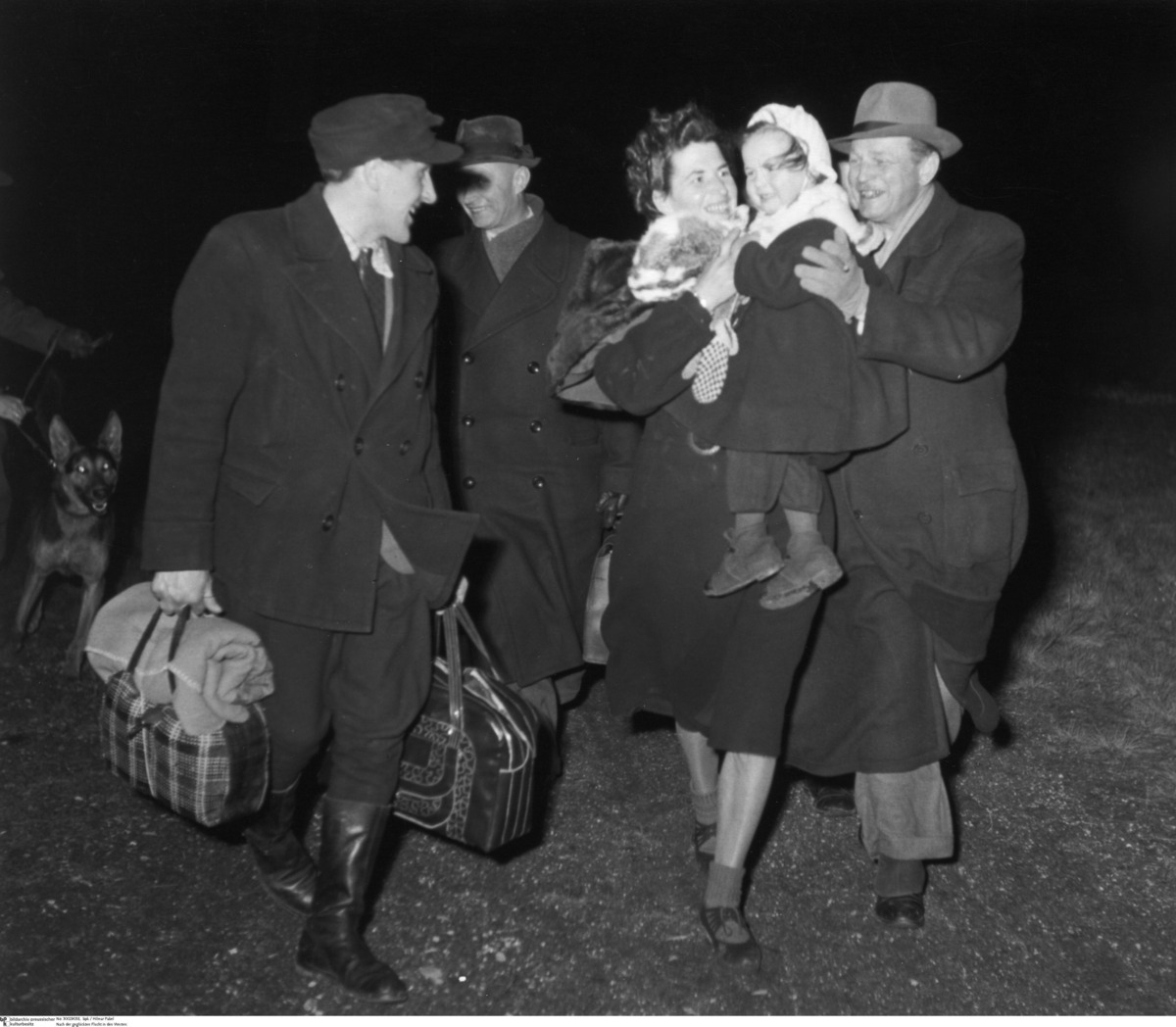Abstract
The majority of GDR refugees were young: in 1952 almost 28 percent of all applicants for emergency admission to West Germany were between fourteen and twenty-four years of age. But in addition to these highly mobile, risk-taking youth, the stream of refugees also included other demographics: during that same year, emergency admission applications were filed for almost 35,000 children and adolescents under the age of fourteen. Furthermore, nearly 24,500 housewives and around 12,600 people of retirement age moved from East to West. The refugee movement became an immense social problem for the GDR – not least because of the loss of highly educated and skilled professionals such as doctors and lawyers. It did not end until the building of the Berlin Wall in 1961.
